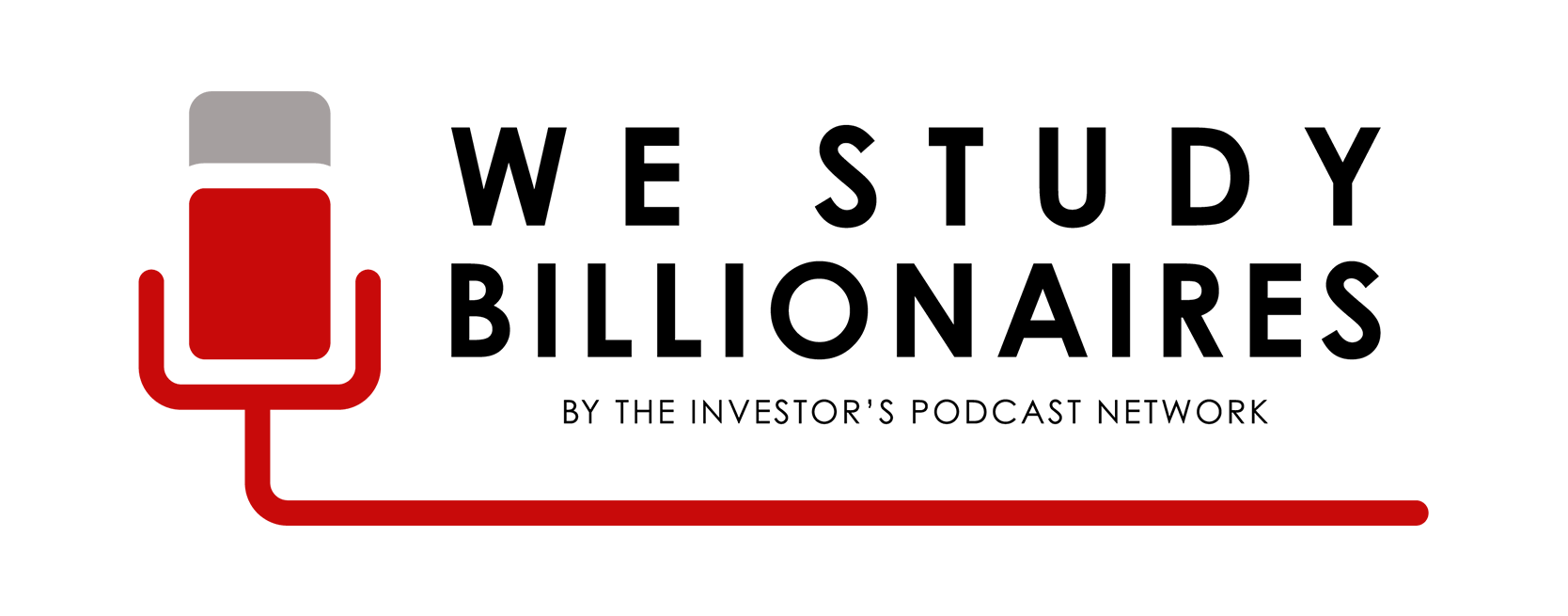TIP302: INVESTING DURING COVID-19 & INTRINSIC VALUE ASSESSMENT OF INTUITIVE SURGICAL
W/ ARIF KARIM
21 June 2020
On today’s show we have the senior investment analyst from Ensemble Capital Management, Arif Karim. Arif talks about how his portfolio has changed with COVID-19 and then he provides an intrinsic value assessment of Intuitive Surgical (ISRG).
IN THIS EPISODE, YOU’LL LEARN:
- How to manage your portfolio during COVID-19.
- How to profit from secular trends.
- How to value a high growth company.
- What is the intrinsic value of Intuitive Surgical?
- Ask the Investors: Why is the economy not the stock market?
TRANSCRIPT
Disclaimer: The transcript that follows has been generated using artificial intelligence. We strive to be as accurate as possible, but minor errors and slightly off timestamps may be present due to platform differences.
Intro 00:00
You’re listening to TIP.
Preston Pysh 00:01
Hey, how’s everyone doing out there? I think you guys are going to really enjoy today’s show. We have the talented Arif Karim, who’s the senior investment analyst from Ensemble Capital Management, with us.
In the first part of the show, Arif talks about how he has adjusted his portfolio based on the impacts of COVID-19. Then, in the second half of the show, he provides an intrinsic value pitch for the fascinating medical technology company, Intuitive Surgical. Finally, at the end of the show, we field a question from the audience about how the market can possibly be attempting new highs, even though we’re seeing all-time unemployment numbers and a devastated workforce. So, without further delay, let’s get started.
Intro 00:38
You are listening to The Investor’s Podcast, where we study the financial markets and read the books that influence self-made billionaires the most. We keep you informed and prepared for the unexpected.
Stig Brodersen 01:02
Welcome to The Investor’s Podcast. I’m your host, Stig Brodersen. As always, I’m accompanied by my co-host, Preston Pysh. Today’s main topic is investing through COVID-19. And in the second part of the interview, Arif is also pitching a stock for us Intuitive Surgical, which I think you will find very interesting.
Arif, welcome to our show!
Arif Karim 01:25
Hey, thanks, Stig, and thank you for having me. I appreciate having a chance to chat with you.
HELP US OUT!
Help us reach new listeners by leaving us a rating and review on Apple Podcasts! It takes less than 30 seconds, and really helps our show grow, which allows us to bring on even better guests for you all! Thank you – we really appreciate it!
BOOKS AND RESOURCES
- Arif Karim’s company, Ensemble Capital.
- Ensemble Capital’s educational blog.
- Ensemble Capital’s Twitter.
NEW TO THE SHOW?
- Check out our We Study Billionaires Starter Packs.
- Browse through all our episodes (complete with transcripts) here.
- Try our tool for picking stock winners and managing our portfolios: TIP Finance Tool.
- Enjoy exclusive perks from our favorite Apps and Services.
- Stay up-to-date on financial markets and investing strategies through our daily newsletter, We Study Markets.
P.S The Investor’s Podcast Network is excited to launch a subreddit devoted to our fans in discussing financial markets, stock picks, questions for our hosts, and much more! Join our subreddit r/TheInvestorsPodcast today!
SPONSORS
- Move your business to the cloud with Netsuite.
- Solve your long list of must-reads once and for all with Blinkist.
- Have everything you need to live your most comfortable life with Brooklinen. Use promo code INVESTORS.
- Discover CMC Markets, the ultimate platform for online trading on mobile and desktop.
- Follow Silicon Valley’s Favorite Tech News Podcast, Techmeme RideHome.
- Get a free consultation for your design or development needs with Mutual Mobile.
- Support our free podcast by supporting our sponsors.
PROMOTIONS
Check out our latest offer for all The Investor’s Podcast Network listeners!








